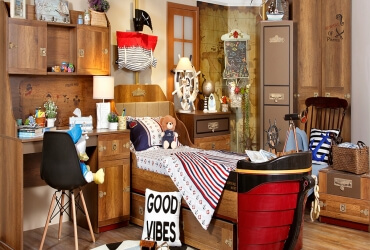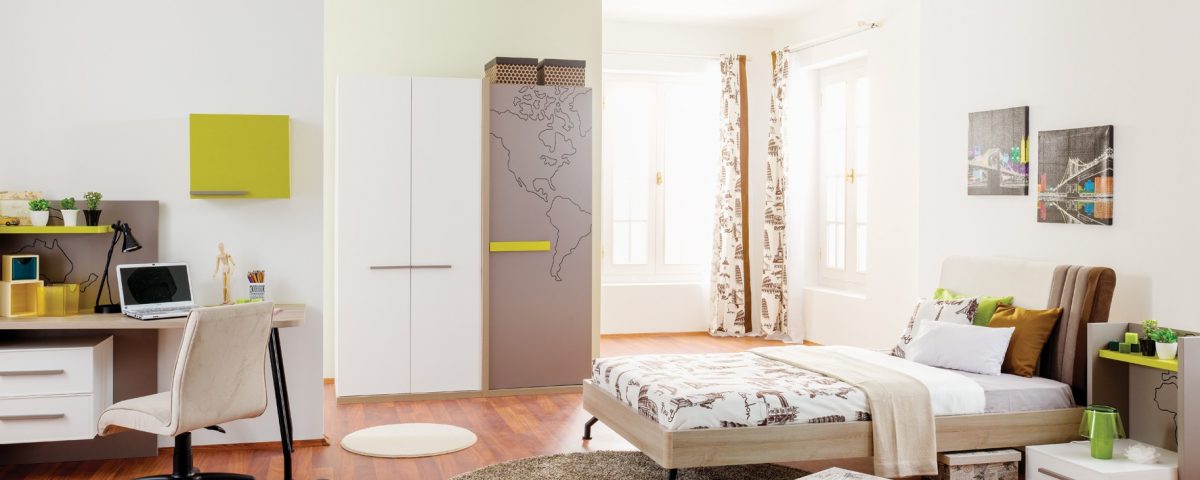Tips for decorating Your Home:

Decorating your house can be a lot of fun, but it's also a daunting task. How do you maintain personal style without everything looking thrown together or mismatched? Making each room flow into the next might seem difficult, but these interior design secrets will help you achieve the house of your dreams. And yes, you can make a home's overall design cohesive without every room being identical; we'll show you how:
Choose a Theme
An easy way to make your home design unified is to have a common theme throughout. Is it modern or traditional? Earthy or industrial? Do you love nature motifs? Vintage accessories? What about nautical pieces? This room perfectly captures a nautical vibe with pale ocean blues, sea glass, and a weathered anchor on the mantel without going overboard. Pick a look you love and repeat elements of it throughout the rooms of your house.

Match Material
When shopping for furniture and accessories, consider the materials of the items you're buying. Use similar materials in each room -- wicker, glass, or wood, for example -- to unite the spaces. Vary the textures and finishes of these items so the effect is subtle rather than overly matchy or forced. These homeowners used woven baskets for storage in their bedroom. Baskets make for easy tuck-away storage in any room, but you could also repeat their texture in other ways -- as wicker furniture or a rattan rug, for example.
Pick a signature color
What colors are you drawn to? Find a color you really and weave it into each room's design. Mix light and dark shades, and change up the amount of color in each room, too. Think beyond just painting the walls -- a burst of color can take the form of curtains,
rugs, art prints, accent pillows, or even the color of your bathroom towels. Orange provides bright accents in an otherwise neutral bedroom, but it can be used in subtler shades in other rooms.

Coordinate wall colours:

Now let's talk about walls. For maximum visual connectedness, use the same paint color in open spaces, like this kitchen and living room seating area that flow together. Matching wall colors make separate spaces look as though they were intended to be joined. Here's a helpful tip: If you can close the door to a room, you can paint it a different color.
Incorporate Focal Features
After all this talk about repetition and unity, let's return to the most important part of your house: you. Infuse your style into each room by including a surprise element or a conversation piece.



